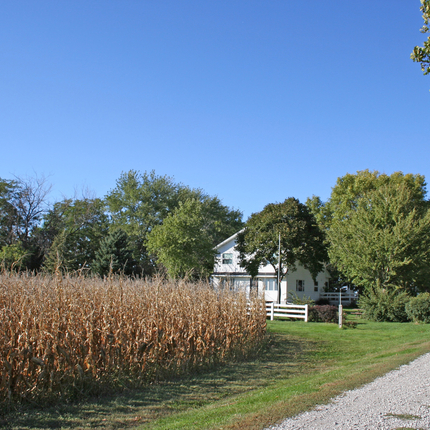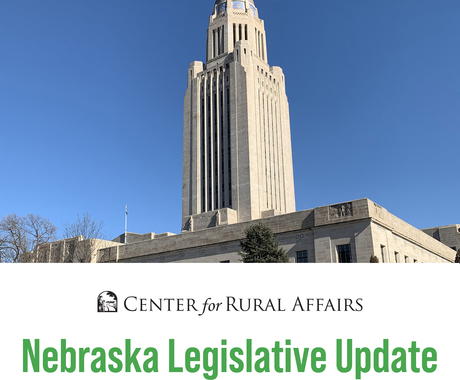By Stephanie Enloe, former staff member
What if I told you your utility could help reduce your electric bill while increasing the comfort of your home? More and more utilities are finding ways to do just this, often using (stay with me here) “tariffed on-bill financing.”
Tariffed on-bill financing may be a dry term, but programs that fall under this category have some exciting benefits for residential electric utility customers. These programs - sometimes billed as “Upgrade to Save” or “Pay as You Save” - can save customers hundreds of dollars per year, enable utilities to provide energy efficiency upgrades to low-income customers and renters, support homeowners to build equity in their homes, and create local jobs.
You’re in, right? But what exactly is on-bill financing?
Using a tariffed on-bill approach, a utility covers the upfront cost of an energy efficiency or distributed generation project for a customer’s home. The customer pays for the upgrade, usually over many years, via a small “tariff,” or fee, on their bill. Because these projects help customers use less energy, programs can be designed so the total cost of each bill is still lower than before they installed the upgrades.
Here is an example of how a program might be designed:
- A utility helps a customer conduct an energy audit to determine what types of energy efficiency upgrades they should install.
- The customer works with a qualified contractor to install energy efficiency upgrades such as new insulation or an updated HVAC system.
- The utility pays the contractor on behalf of the customer.
- The utility charges a small “tariff” on the customer’s bill, until the cost of the upgrade has been recovered. In tariff-based systems, the up-front payment for the upgrade is not a loan and most programs attach the tariff to the meter. This is important because it allows utilities to reach renters and customers who have trouble accessing credit.
- The customer is able to reduce energy use, maintain a more comfortable home, and reduce their total energy bill.
Like I said - dry name, exciting results. But it gets better.
Rural electric cooperatives - which serve 45 million rural Americans across the country - usually are eligible to apply for millions of dollars to finance these programs using the Energy Efficiency Conservation Loan Program. This program - otherwise known as “EECLP” - provides low-interest loans to rural utilities to help customers install energy efficiency or other clean energy projects.
Using EECLP and on-bill financing, rural electric cooperatives are in position to infuse millions of dollars of extremely “cheap money” into the rural communities they serve. And given that co-op serve the majority of persistent poverty counties in the United States, these investments - and the good jobs they create - are sorely needed.





